Medical Tattoos: Restoring Confidence after Surgery
After surgery, people usually experience confusion, the reasons for which can vary, from medication to physical stress. However, it is much more difficult to overcome the stage when your body has undergone external changes as a result of the surgery. In this case, people are overcome by a feeling of confusion, self-doubt, and uncertainty. Along with the difficult physical period after surgery, people are surrounded by complex emotional experiences. People face a serious problem of adapting to the new image of their body. At this difficult stage medical tattoos come to the rescue.
This innovative technique is a reconstructive tattoo, which is a real salvation for individuals who have had to agree to undergo physical changes to their bodies. Agreeing to these changes is one thing, and putting up with them is quite another. Paramedical tattoos allow individuals in a difficult situation to restore their self-confidence and increase their self-esteem. Today, this form of tattooing is ranked much higher than just body art. It began to take shape from permanent makeup methods. Developing, it has reached the point where it has become a separate direction. This is the highest level of tattooing and body art, thanks to which, with the help of lifelike areola tattoos, tattoo specialists restore the body’s previous appearance, covering scars with pigment. With this method, tattooists can even get the appearance of a missing toenail. Thus, paramedical tattooing offers not only physical, but also psychological treatment.
What Paramedical Tattoos Can Do for You?
Thus, go on reading to learn what is included in a restorative tattoo.
Paramedical tattoos offer areola Reconstruction for breast cancer survivors․
Vitiligo Camouflage: This will help restore skin affected by vitiligo.
Scalp Micropigmentation, which allows you to get an almost complete look of the scalp. This is a great solution for those with thinning hair, alopecia, or hair transplant scars.
Skin Graft and Birthmark Blending: In this case, a specialist mixes pigment with natural skin, thus reducing the visibility of skin grafts or birthmarks.
Stretch Mark Concealment: This method allows you to hide stretch marks by using pigment to make their colour as close to the skin colour as possible.
Cleft Lip Correction: Those who have undergone cleft lip surgery can use this method to virtually eliminate scars, improving the appearance of the lip and surrounding tissue as much as possible.
Restorative Lip Colouring: The natural appearance of the lips can be disrupted for various reasons, such as surgery, various medical problems. This method will allow you to restore pigmentation.
Toenail Reconstruction: As we mentioned above, this tattoo will create the appearance of a completely healthy and real nail.
Tattoo Removal Camouflage: As we know, after removing a tattoo, the skin’s previous appearance is not always restored. Depending on the quality and age of the tattoo, it can leave marks on the skin. In this case, tattoo removal camouflage comes to the rescue, thanks to which the skin’s appearance becomes more even.
3D Nipple Tattooing: If a person does not want to undergo additional surgery, then this tattoo is a great solution. It creates the illusion of a three-dimensional nipple.
Scar and Skin Tone Camouflage
Scar Camouflage, in which scars caused by various reasons are blended with the surrounding skin, replicating the natural skin tone.
Burn Scar Revision, which allows you to minimise scar marks by replicating the skin tone.
Here are some self-confidence-building treatments that can change the way many people feel about their bodies.
Healing Through Ink: Understanding the Medical Tattoo Process
Medical tattoos should be done by a certified and experienced specialist who knows the technique of matching colours to the skin and has specialised and sterile tattoo equipment. There is one more important thing about a medical tattoo specialist. The latter must also be a good consultant and be able to provide emotional support to patients. The skill of placing pigment in the upper layers of the skin reaches perfection in the case of medical tattoos. Just choosing a shade that matches the skin seems to be a whole science. Among the many shades and undertones, the specialist finds the one that is closest to the skin of the tattoo wearer.
In order for the tattooing process to cause as little discomfort as possible, specialists use local anaesthetics. And, for example, 3D breast tattoos are almost painless. The tattoo on the scar is done with a tattoo machine using appropriate needles. The size of the needle is directly related to the size, location, and depth of the scar. Like regular tattoos, medical tattoos may require multiple visits.
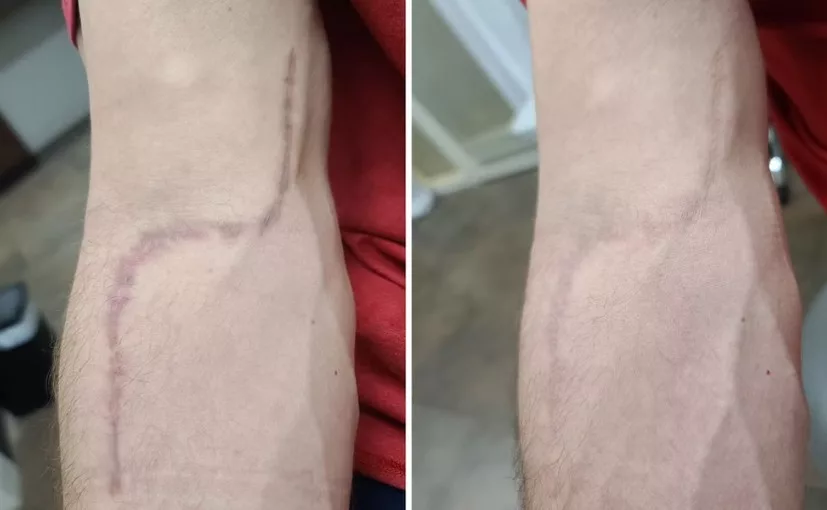
Important Considerations When Getting a Medical Tattoo
Before getting a tattoo, you should be very patient and wait until the scar is fully healed and has reached its final, smoothest appearance possible. On average, this takes 12-18 months. Naturally, the smoother the scar, the easier it is to treat with a tattoo. It is important to realise that a tattoo does not completely eliminate the scar, but rather brings it as close to the appearance and tone of your healthy skin as possible. It is also possible that after a certain period of time, your tattoo may need to be corrected.
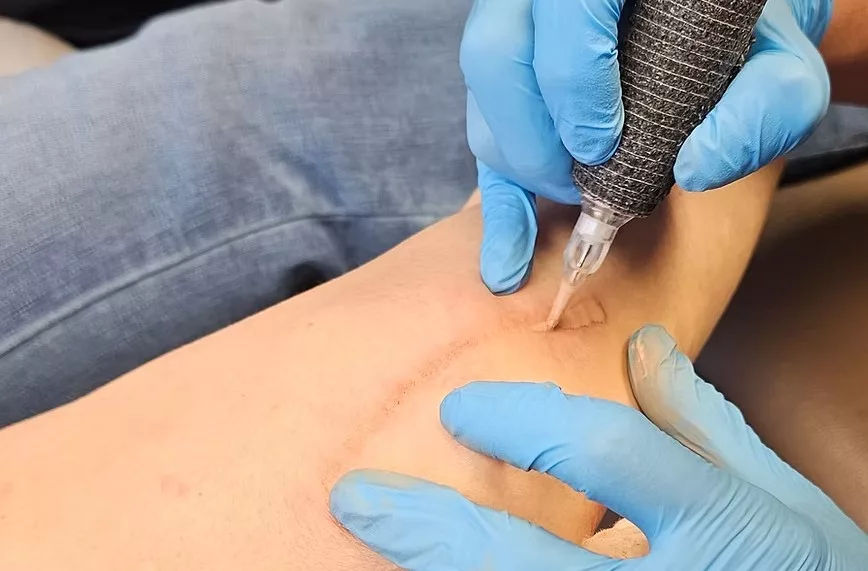

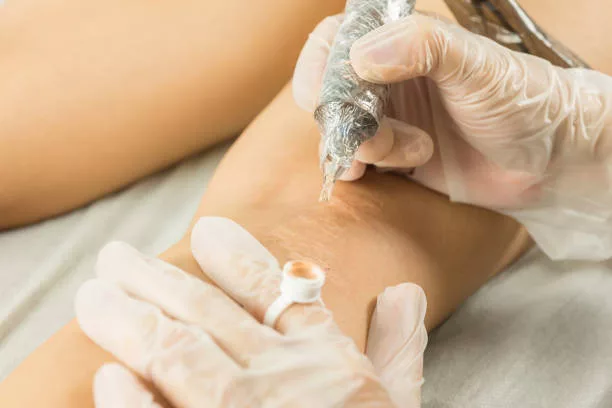
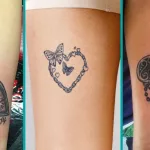
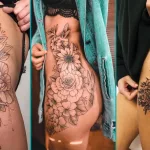
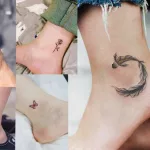

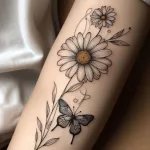
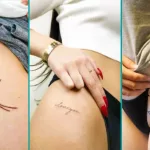
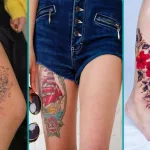

0 Comment